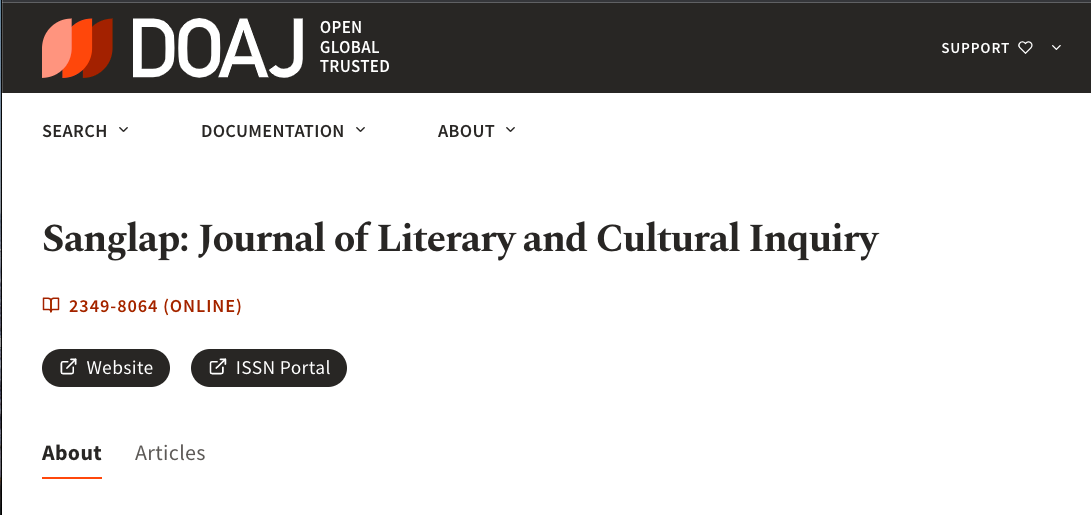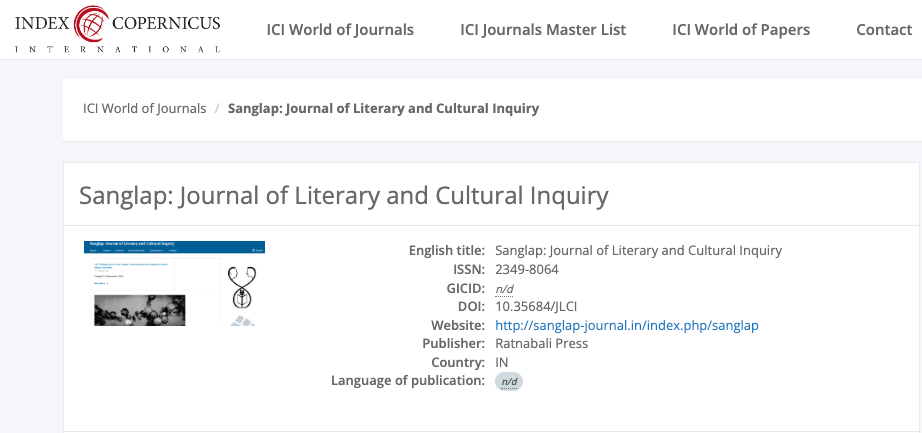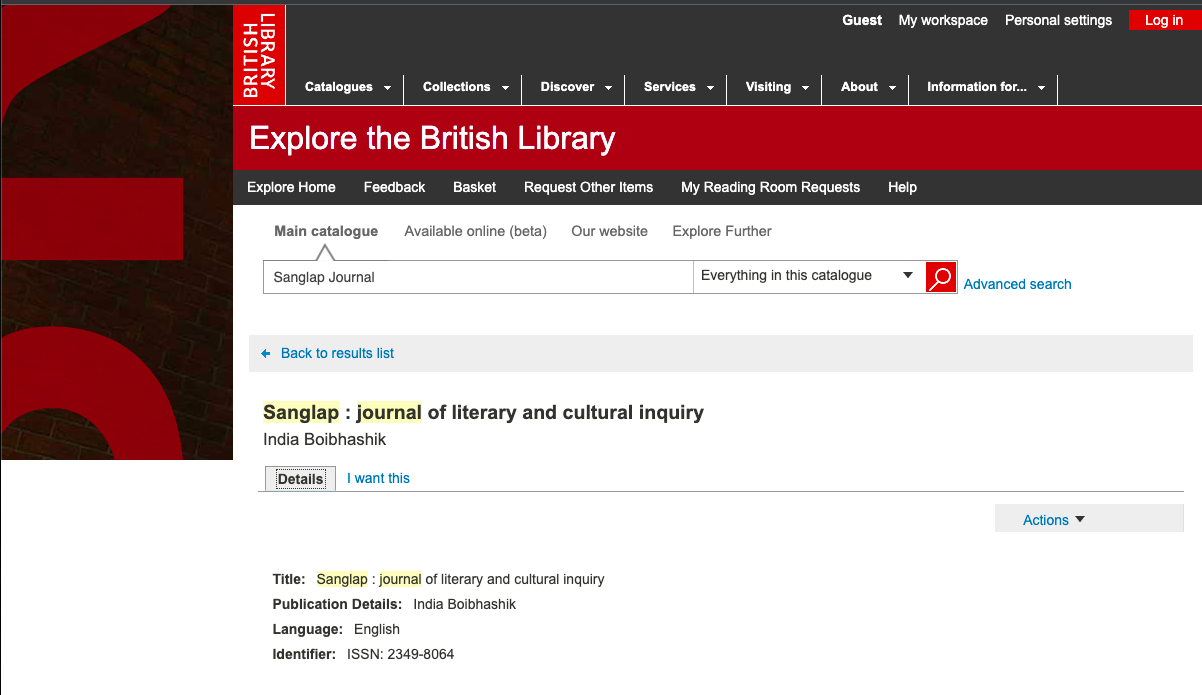Sex and the Aesthetics of the Vulgar:
Reading the Creative Paradox in the Works of Robert Crumb
Keywords:
#MeToo, Misogyny, Underground Comix Movement, Pornography, Creative ParadoxAbstract
Informed by the #MeToo movement, the following paper is an attempt to revisit the allegations of misogyny in the works of Robert Crumb, the founder of the Underground Comix Movement. Now more than ever it becomes relevant to talk about Crumb not only because of his unconventional modes of expression which often verged on the levels of obscenity and seemingly outright misogynistic but also because of the curious reason—why he chose the very particular mode of sexual objectivity in his works that has been read as pornography. The paper perceives a chasm between general perception of art and the artist’s conception of it and attempts to read it as a ‘creative paradox’. The allegations and criticisms received by the works of Crumb, the paper will argue, are generated from this paradox. Finally, the paper would attempt to look beyond extreme ideologies to bring home the idea of artistic expression and freedom











